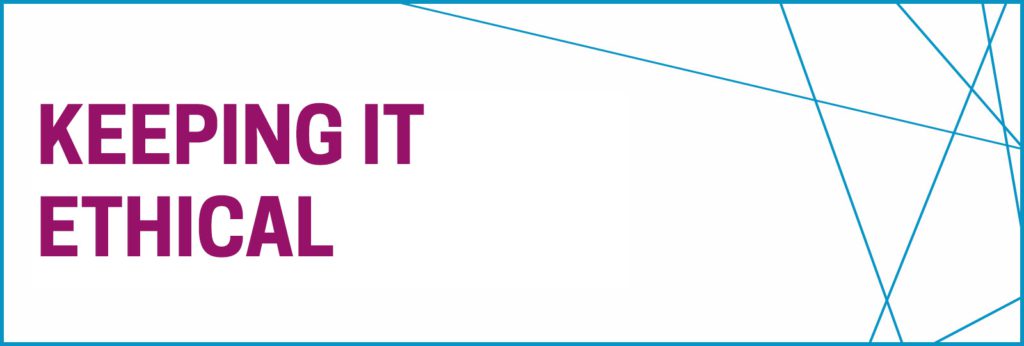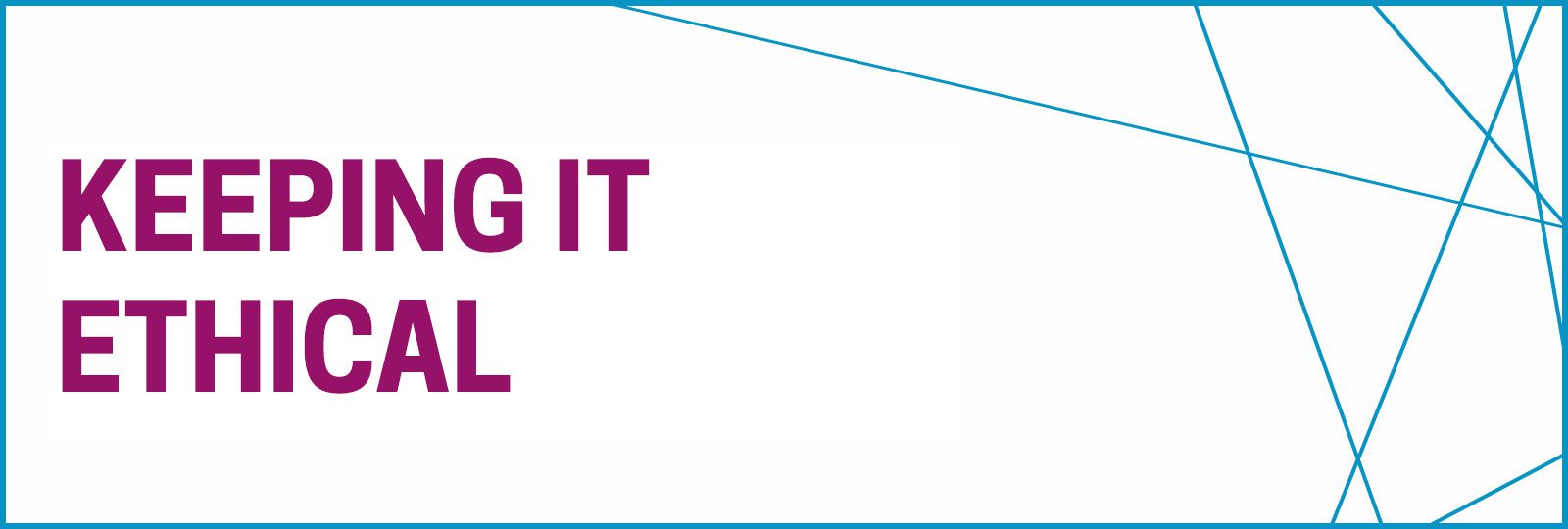Keeping it Ethical is our weekly blog series highlighting the 33 Principles for Good Governance and Ethical Practice. Throughout the series, we hope to highlight the importance of each Principle, the helpful resources associated with it, and learn more from you about how you’ve incorporated these Principles into your charitable organization.
In the wise words of The Wire’s Omar Little, “A man got to have a code.”
We believe the same is true for all charitable organizations.
A Code of Ethics is an essential tool for any charitable organization. It serves as both an internal guide, and an external representation of the organization’s values and principles. The Code of Ethics provides guidelines that affect day-to-day operations along with long-term goals. In addition to keeping employees, board members, and leaders accountable—establishing and enforcing a sound code of ethics will keep your organization on track morally, socially, legally, and financially.
Whether your organization has one person, or 100 people, it is important to set standards, expectations, and have systems in place in the event something goes awry.
Here are a few tips to consider as you design your organization’s code of ethics:
- Be sure to get input from trustees, employees, stakeholders.
Everyone impacted should have a voice when it comes to developing the Code of Ethics. Along with the important process of gathering diverse perspectives, (which is crucial for any organization), this will help ensure that everyone is on the same page. People tend to remain loyal and vested in something when they are included in the process.
- Include intended outcomes, repercussions, and resources for guidance.
Identifying and understanding the organization’s mission will help inform why each rule is important. It is equally important to set clear rules, and consequences for not adhering to them. Going a step further, it’s also important to provide resources and direction to ensure everyone knows where to turn if there are concerns.
- Update and revise the code as issues surface in the sector.
As the sector evolves, so do the issues that impact the sector. It is important to stay abreast of trends and revise the code of ethics as needed.
Still not sure how to start? We’ve got you covered. Here is a sample code of ethics.
Learn more about Principle 2 and the associated resources.
Are we missing a good resource associated with this Principle? We want to hear that, too. Leave your thoughts in the comments and let us know what you think. You can also use #npethics on social media.



